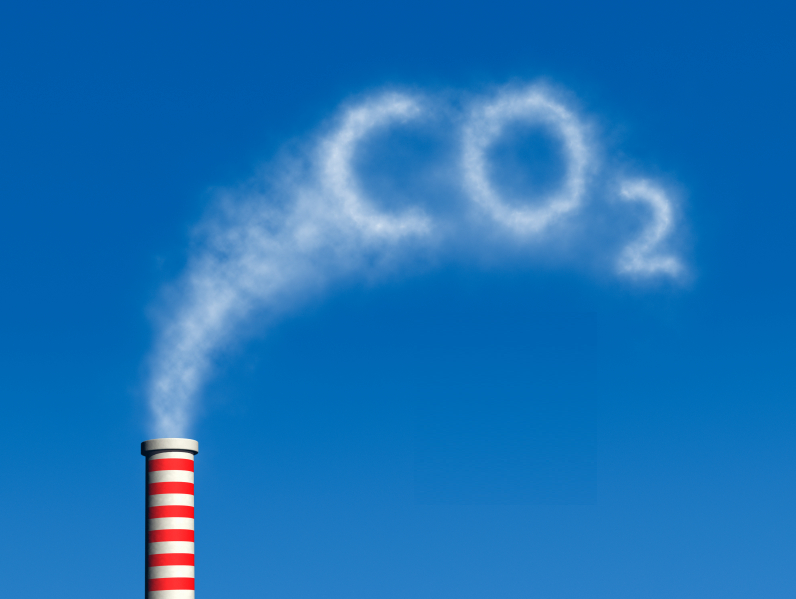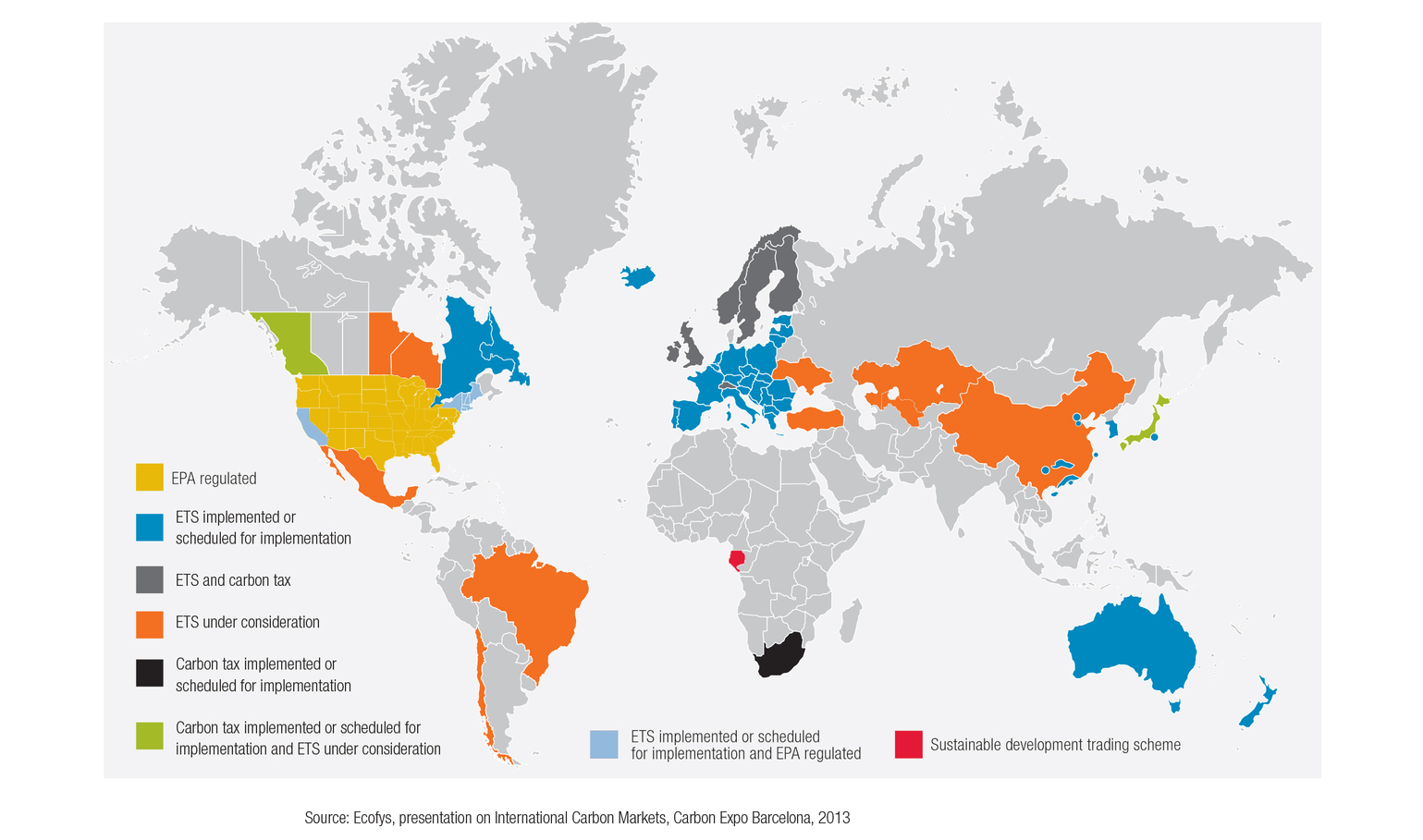
Cross posted from The Conversation:
Australia’s economy faces grave threats from climate change, but the greatest threat is if we do not make a serious effort to reduce greenhouse gas emissions.
It’s not just the physical impacts of climate change that will hurt Australia’s economy. In a new report released today by the Committee for Economic Development of Australia, I and others argue that falling behind on reducing greenhouse gas emissions leaves Australia’s economy vulnerable to global efforts to tackle climate change.
But so far Australian government and business has focused on the cost of reducing emissions, despite evidence that it will be far more costly to do nothing.
Counting the costs of climate action
In Australia it has long been the view that limiting emissions through carbon pricing will directly limit economic growth. This is despite industry being largely protected from the costs of efforts to reduce emissions through the Clean Energy Actthrough free emissions permits and compensation.
More recently we have seen growing business support for the repeal of the Clean Energy Act (including carbon pricing). There is now clear intent from government and business to remove emissions regulation, and currently the government’s proposed Direct Action plan has no immediate alternative regulatory cap to reduce greenhouse gas emissions.
This fragmented and inconsistent political approach to reducing greenhouse gas emissions is likely contributing to the inaction and attitude of Australian business, which is a long way behind the rest of the world.
According to the Climate Institute (as quoted in our report):
the proportion of organisations reporting that they had carried out a vulnerability assessment for climate impacts fell from a majority (nearly 60 per cent) in 2008 to less than half (47%) two years later, and those that had taken action or made plans for adaptation in response to the findings of the vulnerability assessments were even fewer – just over a third.
Australia isn’t going alone
The current government has for some considerable time, both now and while in opposition, argued that Australia should not adopt any emissions regulation while other countries fail to do the same, and while global climate talks have stalled.
It argues that Australia’s emissions trading scheme under the Clean Energy Act places Australia at a competitive disadvantage. But the evidence shows that Australia is not going it alone on reducing greenhouse gas emissions through carbon pricing.
Growing concern over rising levels of greenhouse gases around the world has seen governments develop law and policy to directly address climate change. The emerging global network of regulatory limits to control and regulate emissions now covers most major emitters. The figure below shows the current stage of development of carbon pricing regimes around the world.

While Europe has had an emissions trading scheme in place since 2005, China and the US are now progressing quickly. Our other trading partners are also developing long-term climate policies.
The world’s largest emitter China is pursuing an aggressive approach to investment in and support for renewable energy and the implementation of provincial and regional emissions trading schemes.
The six (and soon to be seven) provincial and regional emissions trading schemes now cover an estimated one billion metric tons of carbon dioxide, making the evolving market second only to the EU emissions trading scheme in size.
More recently, China has taken more direct action to tackle emissions, including measures to limit coal to 65% of primary domestic energy consumption by 2015, and banning new coal generation in Beijing, Shanghai and Guangzhou.
These measures directly impact on demand from the largest importers of Australian coal and therefore the value of major mining and export infrastructure assets across Australia.
Moving in the opposite direction
There is also increasing momentum to more carefully assess investments in carbon intensive industries or divest altogether.
For example, concerns with environmental and economic risks associated with carbon intensive investments have directly influenced the strategies of major international lending institutions.
At this year’s World Economic Forum, the President of the World Bank, Jim Yong Kim, publicly supported divestment from carbon intensive assets.
The World Bank has also modified its energy lending strategy to limit financing of coal-fired power plants to “rare circumstances” and only in countries that have “no feasible alternative” and the world’s largest public financial institution, the European Investment Bank, has also implemented restrictions.
Increasingly international pension funds, with more than US$30 trillion under management, are also heading in this direction and changes are also increasingly occurring in the financing sector. For example, Deutsche Bank’s recent statement that it would not consider financing the expansion of the Abbot Point Coal Facility.
Australian business and investors operate in a global business environment. While our current political and business leaders pursue an approach of not regulating the greenhouse emissions of Australian industry, the global economy is rapidly moving in the opposite direction.
The CEDA report The Economics of Climate Change will be launched by Ross Garnaut, Quentin Grafton and Martijn Wilder today in Melbourne.